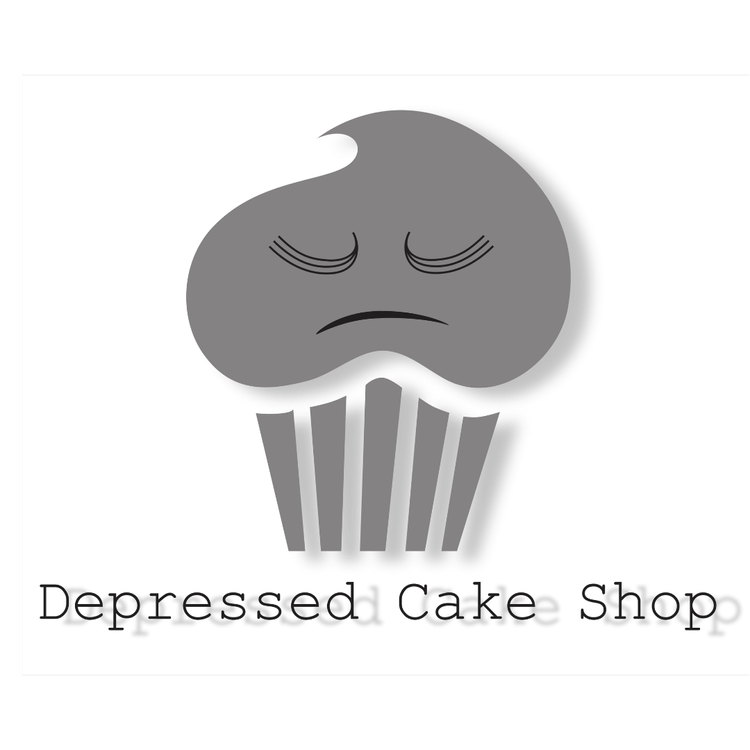He eventually invited me to the opening of a show that features his art. The exhibition is at the Fountain House Gallery, which describes itself as “the premier venue in New York City representing artists with mental illness.” Because of the obvious stigmas, it requires a certain openness to invite a relative stranger to a show mounted beneath that label; the label makes it both an invitation and a declaration.
The gallery is a nonprofit owned by the community-oriented organization, Fountain House, which helps rehabilitate and integrate people with mental illnesses into the workforce. If a Fountain House member is unable to work a shift because of their condition, the organization sends one of their own staffers to fill in. The clubhouse, which is home to the gallery, is run in part by Fountain House’s members — none of whom have to pay to participate.
Like the 60 artists whose work the gallery consistently exhibits, the organization faces the paradoxes of carving out a space for marginalized creators, while aiming to focus on their work itself, not just the stories about why the work is on display there. The artists often contend with the contradictions of being deemed “outsider” artists based on mental illness — and the need to brand oneself within the capitalist carnival of the New York art scene — while also trying to stabilize their lives.
... Art has largely moved beyond modern notions of the self, and the mentally ill artist has thus — with advances in therapy and the increasing destigmatization of psychiatric medicine — moved beyond the institution.
But the legacy of the tortured-artist myth remains potent, perhaps because it’s one of the foundations on which a movement as immense as modernism was based. This continues to lead artists grappling with mental illness to question whether to give in to dysfunction or find a stable way out of it.
